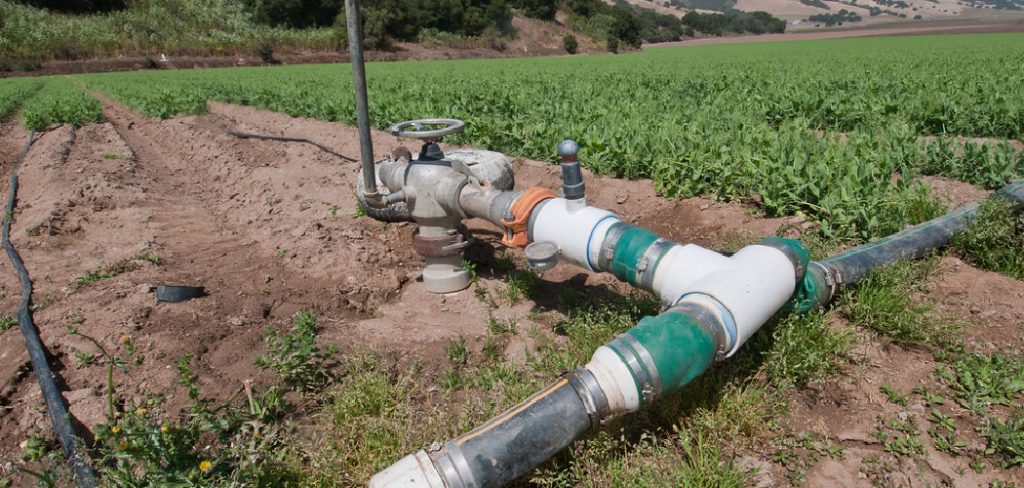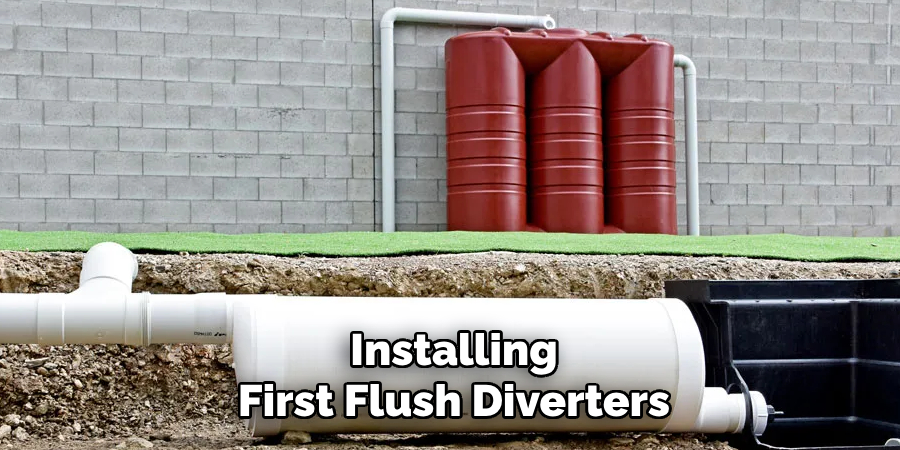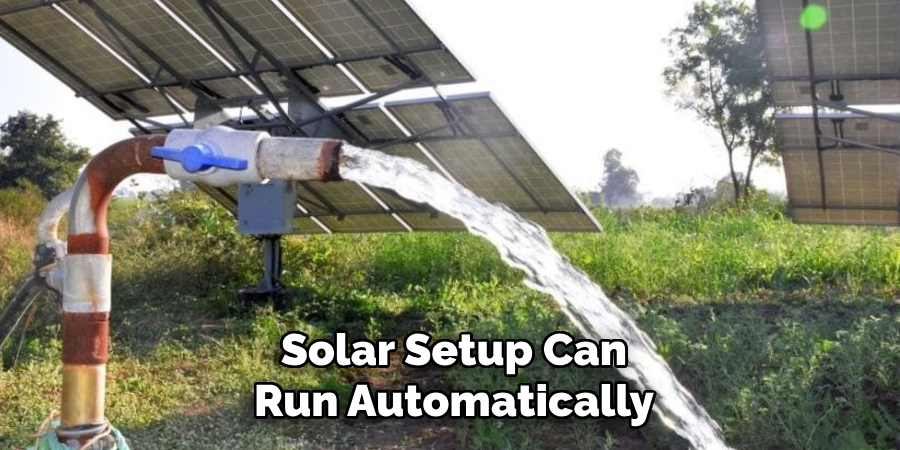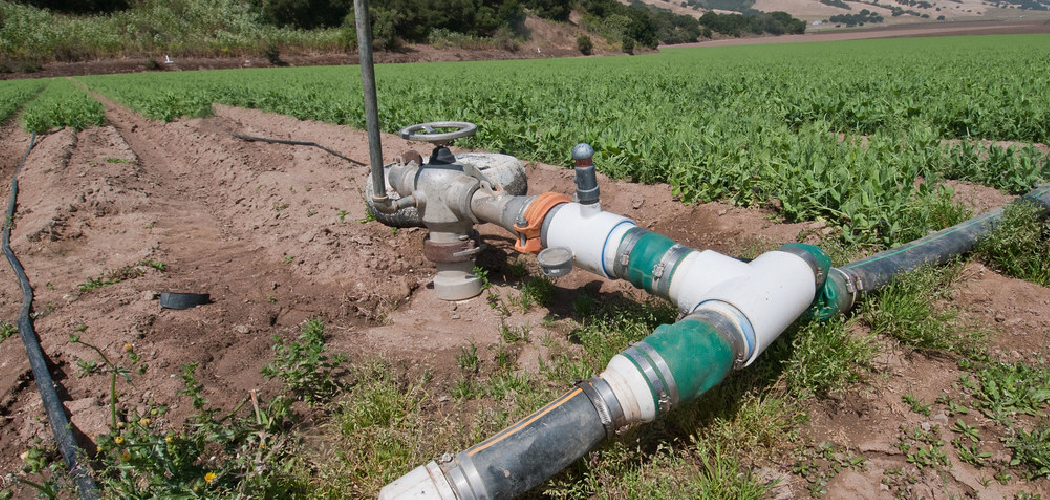Ensuring a reliable water supply to a field is crucial for supporting irrigation, maintaining crop health, and optimizing agricultural productivity. Whether for small-scale farming or larger agricultural operations, understanding the methods and infrastructure required to deliver water efficiently is essential. This guide will outline practical steps and considerations for how to get a water supply to a field.

The Importance of Water Supply to the Field
A consistent and adequate water supply is the backbone of effective agricultural practices. Water is essential for plant growth, as it facilitates the absorption of nutrients from the soil and enables photosynthesis. Without sufficient water, crops can become stressed, leading to reduced yields and lower quality harvests.
Beyond supporting plant health, an efficient water supply can help farmers manage unpredictable weather conditions, such as droughts, ensuring the resilience of their operations. Additionally, proper irrigation systems contribute to the sustainable use of water resources, minimizing waste and preserving this valuable resource for future agricultural needs.
Assessing Your Field’s Water Needs
Understanding the specific water requirements of your field is crucial for maintaining healthy crops and optimizing resource usage.
Begin by analyzing the soil type, as different soils have varying water retention capacities. For instance, sandy soils drain quickly and require more frequent watering, while clay soils hold water longer but are prone to over-saturation. Next, consider the types of crops you’re cultivating, as each species has unique hydration demands based on growth stages and climatic conditions.
Monitoring rainfall patterns and implementing tools like soil moisture sensors or weather forecasting can further refine your watering strategy. Regular assessment ensures that your crops receive adequate hydration without overusing water, promoting both agricultural efficiency and environmental sustainability.
10 Methods How to Get a Water Supply to a Field
1. Tap into a Municipal Water Supply (If Available)
If your field is near a developed area, tapping into a municipal water system can offer a reliable and regulated water source. This involves coordinating with your local water authority to gain access to the supply and possibly installing a meter and piping that extends to your field.
While this is typically the most straightforward in terms of water quality and dependability, it’s also the most expensive due to ongoing usage fees and potential infrastructure charges. You’ll need to trench the main water line to your field and install a backflow preventer and shut-off valve to maintain safety and compliance with municipal codes.

2. Drill a Private Well
Drilling a well is a common solution for rural fields where municipal water isn’t accessible. A well taps into underground aquifers and can provide a consistent water source, especially when equipped with a submersible pump and proper piping.
Before drilling, you’ll need to conduct a geological survey or consult local water rights regulations to ensure viable groundwater is available. Though the upfront cost is significant, a well can supply large volumes of water for decades when maintained properly. Add a pressure tank and filtration system to optimize delivery and quality for irrigation use.
3. Use a Surface Water Source, Like a Pond or Stream
Fields situated near ponds, lakes, or streams can benefit from these natural sources through pumping systems. Surface water irrigation typically involves a gas-powered or electric pump that draws water through intake lines and delivers it to the field via hoses or fixed irrigation systems.
Regulatory considerations such as water rights, seasonal flow variations, and environmental impact assessments may apply. It’s essential to filter the water to prevent clogging in irrigation lines, especially if drawing from algae-rich ponds or silt-heavy streams.
4. Harvest and Store Rainwater in Cisterns
Rainwater harvesting is a sustainable and cost-effective way to supply water to a field, especially in areas with moderate to high rainfall. Large cisterns or water tanks can be placed near rooftops or collection surfaces to capture runoff. These systems are often gravity-fed or use small pumps to deliver water across a field.
Installing first-flush diverters and filters ensures the water remains clean enough for crops. While weather-dependent, stored rainwater can supplement other sources during dry periods and reduce overall water costs.

5. Use Water Trucks or Portable Water Tanks
For smaller plots or in temporary agricultural situations, transporting water with a truck or trailer-mounted tank is a practical solution. Water delivery services may be available in rural regions, or landowners can haul water themselves using heavy-duty containers.
This method allows for controlled water application but can be labor-intensive and costly over time. It’s most viable for short-term needs or when setting up a new field without existing infrastructure. Water application is typically done through hoses or by gravity from the elevated tank.
6. Install a Drip Irrigation System
Drip irrigation offers one of the most efficient ways to deliver water to crops, minimizing evaporation and runoff. Once a water source is established—be it a well, municipal line, or tank—drip lines can be laid across the field to deliver water directly to plant roots.
This system includes pressure regulators, filters, emitters, and timers to automate watering. It’s ideal for row crops, orchards, or high-value produce. Though it requires investment and planning, drip irrigation conserves water while maximizing crop yield and minimizing weed growth.
7. Use a Solar-Powered Pumping System
When off-grid or in sunny climates, solar-powered water pumps provide an eco-friendly solution for delivering water to a field. These systems typically include solar panels, a DC pump, a controller, and storage tanks. They can draw from wells, ponds, or rainwater storage tanks.
With proper sizing, a solar setup can run automatically during daylight hours and fill tanks that gravity-feed the field. This eliminates the need for fuel or electricity and lowers long-term operational costs. It’s an especially smart choice for remote agricultural fields with no existing infrastructure.

8. Gravity-Fed Irrigation from an Elevated Tank or Reservoir
Gravity-fed systems are low-tech yet highly reliable for supplying water to a field. By placing a large tank or reservoir uphill from your field, gravity alone provides the pressure needed to move water through pipes or irrigation lines.
This method reduces the need for pumps and complex controls, although elevation and tank size must be calculated carefully to ensure adequate flow and pressure. It works particularly well for terraced fields or sloped properties, and can be integrated with rainwater harvesting or solar pumping systems.
9. Create a Windmill-Powered Pump System
Windmills have long been used to pump water for agricultural fields. By converting wind energy into mechanical motion, a windmill drives a piston pump that draws water from a well or pond.
The water is then stored in elevated tanks or directly piped to the field. Though not as common today, modern windmill systems have been updated with more durable materials and are ideal for windy regions. They offer a renewable energy source and can operate unattended for long periods, though they do require routine maintenance.
10. Dig Irrigation Channels from a Nearby Water Source
In fields located near rivers or streams with consistent flow, constructing open irrigation channels or ditches is a traditional method still used in many parts of the world. These channels use gravity and simple engineering to deliver water directly to the field.
Channel walls may be reinforced with concrete or lined with plastic to minimize seepage. Control gates or weirs regulate flow, allowing selective watering of field sections. Though labor-intensive to build and maintain, channel irrigation is sustainable, cost-effective, and effective for flat or gently sloped fields.
Things to Consider When Choosing an Irrigation Method
Selecting the right irrigation method depends on various factors, including the type of crops, soil conditions, water availability, and budget. It is essential to assess the water needs of the crops and ensure the system delivers it efficiently without wastage.
Soil type plays a key role, as sandy soils require frequent watering, whereas clay soils retain moisture for longer periods. The terrain of the land, such as slopes or flat areas, may also impact the choice of irrigation. Additionally, consider the initial setup costs and long-term maintenance requirements of the system to ensure sustainability and cost-efficiency. Proper planning and understanding of these factors can significantly enhance the efficiency and productivity of agricultural practices.

Conclusion
Bringing water to a field involves evaluating resources, landscape, climate, and budget. Whether you rely on municipal supply, drill a private well, or harness solar or wind power, the goal is consistent, efficient, and sustainable water delivery. Each method has its strengths and limitations, and many landowners benefit from using a combination of systems—such as supplementing a well with rainwater storage or using solar pumps to feed drip irrigation lines.
With thoughtful planning and the right method or mix of methods, any field—large or small—can be transformed into productive, well-watered land. So, there you have it – a quick and easy guide on how to get a water supply to a field.

